As you may have guessed animation is all about movement. But how do animators find out how something moves in order to reproduce that movement? This is one of a series of posts about ways to analyse and learn about wing movement.
There are many ways to find out how something moves. The most obvious is to just watch. The next is to make the movement yourself. But what if the movement is too fast for you to see? This is where video can be a great way to observe and then analyse movement. There is a huge library of video online that we can watch to find out how something moves, or we can just video what we are watching and use that as a reference.
The problem with this though is that it quickly becomes tempting to just copy it, and that can become limiting, and a bit boring. If we are always stuck with using other people’s shots from which to copy movement then our self-expression is limited. Besides we can rarely find just the right shot for our needs.
The solution is to use the video to analyse and learn about the movement. To understand what is going on rather than as a template to copy. The best way to do this is to find a method of using video that will get you learning about the movement rather than copying it.
This post and the video with it, is for just that purpose. To show you how I use video as a tool to understand more about what I’m looking at, more about how the movement breaks down, so that I can add this knowledge to my mental library of movement. That gives me knowledge to call upon to help me animate in the future. Or to animate something based on that video shot but altered to suit my needs.
So imagine that you are watching some birds, these are Black-Headed Gulls, taking off and resettling on the water. How would you go about animating something of what you have seen.
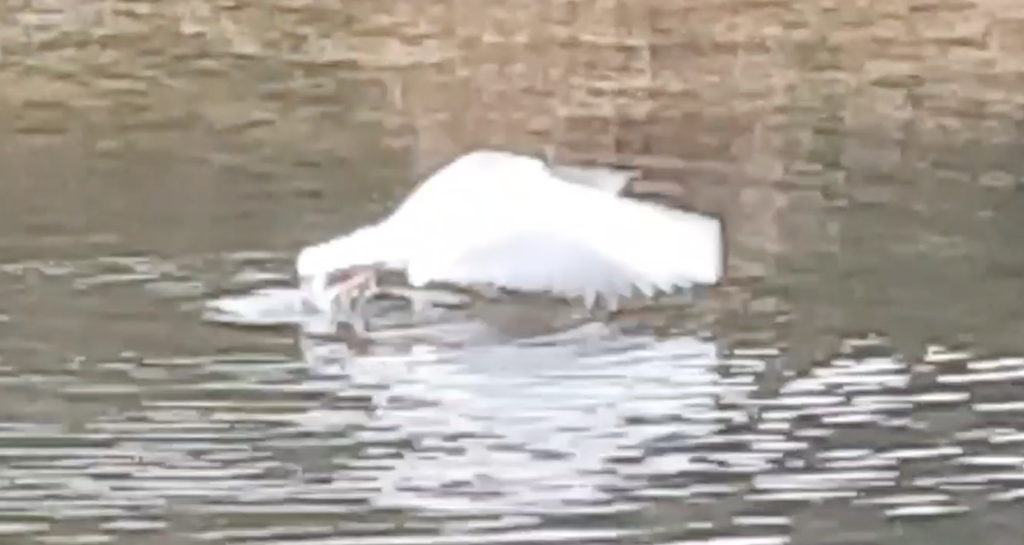
Observation is going to give us a really good understanding of these birds, we will get their personality and character, how they relate and react to each other and so on. Nothing can beat looking at the subject for real. But when the movement is very fast there is another tool we can use that can really help us to analyse and break down the movement and that’s obviously video.
Sometimes when we are watching something can think we know what’s going on or we think we have seen how something moves but we are making a lot of assumptions. By videoing our subject, we can get a much better view of what’s actually happening. Then we can use that video to really analyse the movement and break it down frame by frame to understand exactly what’s happening.
By scrubbing through the timeline of the video we’ve just shot, we can get a much better sense of the movement. And we get to realise that what we thought was happening might not be actually what is happening, we see things we hadn’t expected to see and we see more movement and reactions that we didn’t know where there.
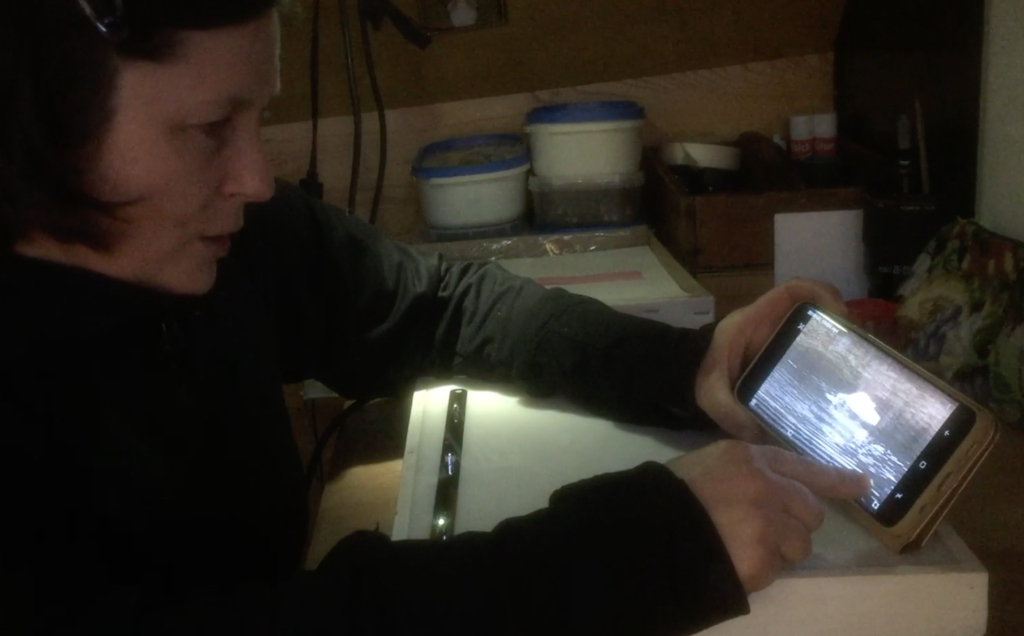
For example we can see that as the wing starts to come up the bird pushes down into the water, his head moves down, and his chest pushes out a bit in response to that. Then as the wings come over the top his head pushes forward. Then the wings come down (faster than they went up) to launch the bird forward and up out of the water. As the wings stretch forward in their extreme downward movement they run parallel to the water surface but do not touch it. We can see how the water flicks back quite far, the legs hang after leaving the water.
We can watch the movement over and over again to give us an informed observation of the birds movement. If we were just to watch the birds we would get an impression, and that’s valuable too, because we need to know what the birds activity feels like, we need to know the timing and characteristics.
As animators we need to know that everything that moves has a reaction or a response somewhere. These actions are sometimes small and easily missed, and many of them can be ignored. But we do need to know what action motivates another, and what patterns are most useful or expressive to keep, and then we can develop and use these for animation.
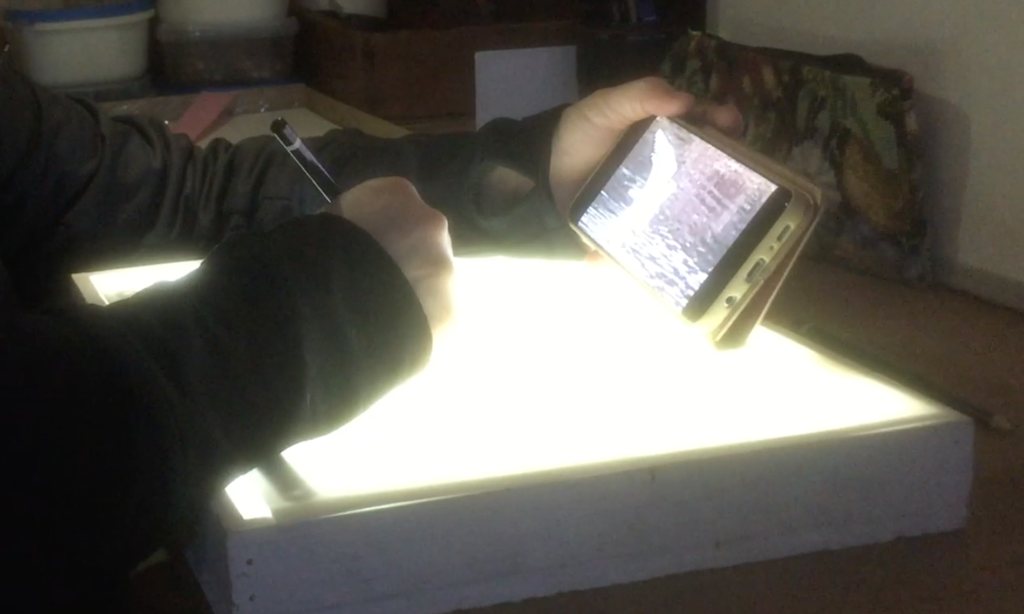
By looking through the video and not copying it directly we can learn to observe what the movement is, and sketch out the movements. You might call this a movement sketchbook, not a finished sequence. It is an exercise in learning to look at movement. So it will be pretty rough, but that’s OK, its just a starting point. When you animate or sketch movement you sometimes have to explain to the audience with your drawings what is happening if its not clear enough from the video frames.
There are many observations we can continue to make as we draw frames through the sequence, just by seeing each frame not as a single frame but as an image that responds the the drawing either side. We can see that in any frame we draw each element of the bird is on its own path of movement. The single frames we draw are less important than how these frames change to reflect the many different moving parts.
Each part of the bird has its own movement pattern. And this is what I’m learning about as I create a ‘motion sketch’.
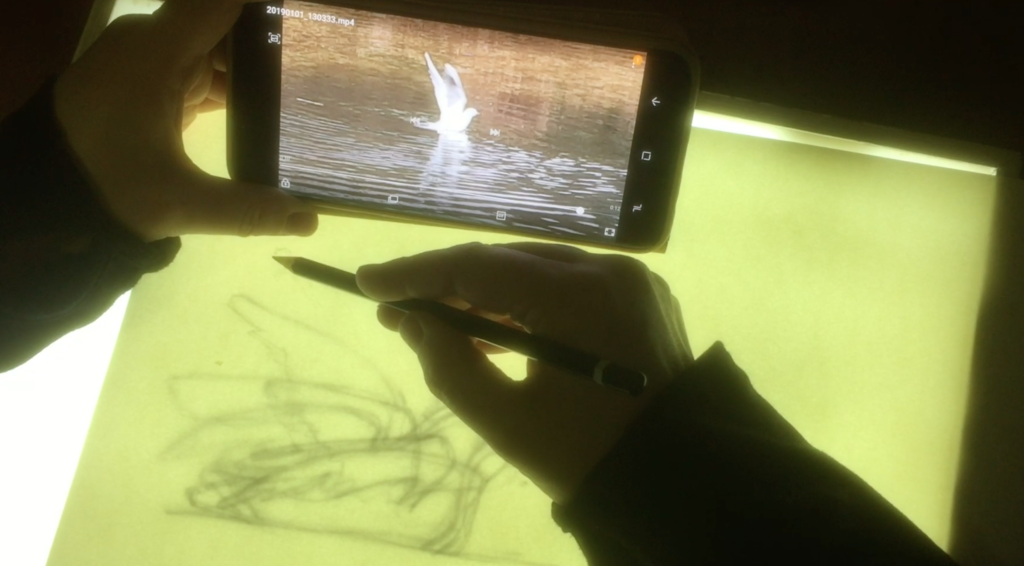
Finally I do a quick line test, just to see what my current drawings have captured, it will tell me what I’ve picked up with my sketches so far. In the next section I will then use this sketch to develop and animated sequence from it.
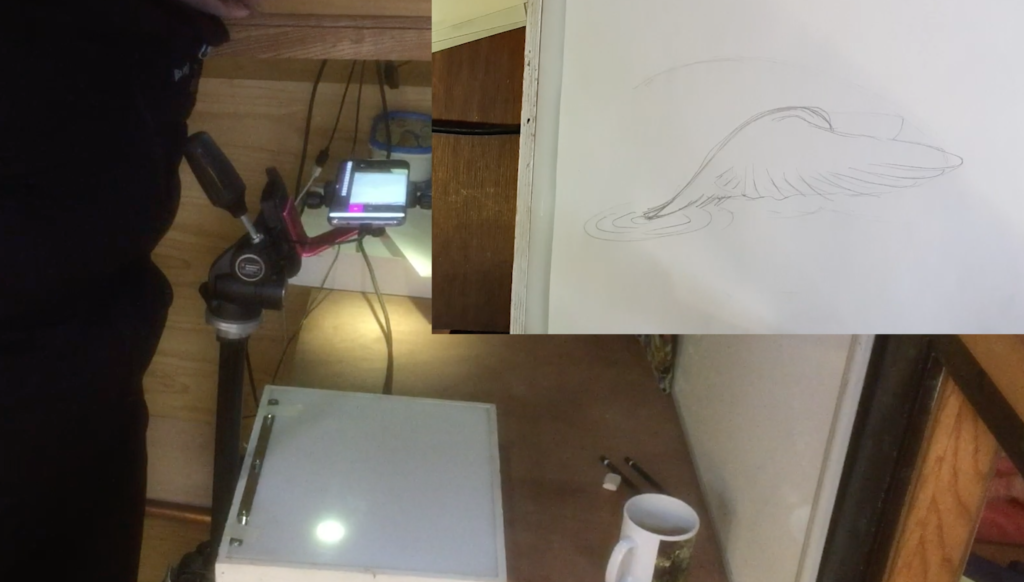
It doesn’t matter what kind of animation you like to do, this is just a tool to help you to learn how to break down movement and really start to see it, as if for the first time. So remember to keep developing your observations of things that move so that you are better able to animate them when you need to.
Hope you found the post useful, thank you for your time, and don’t forget to leave a comment if you have any questions.
